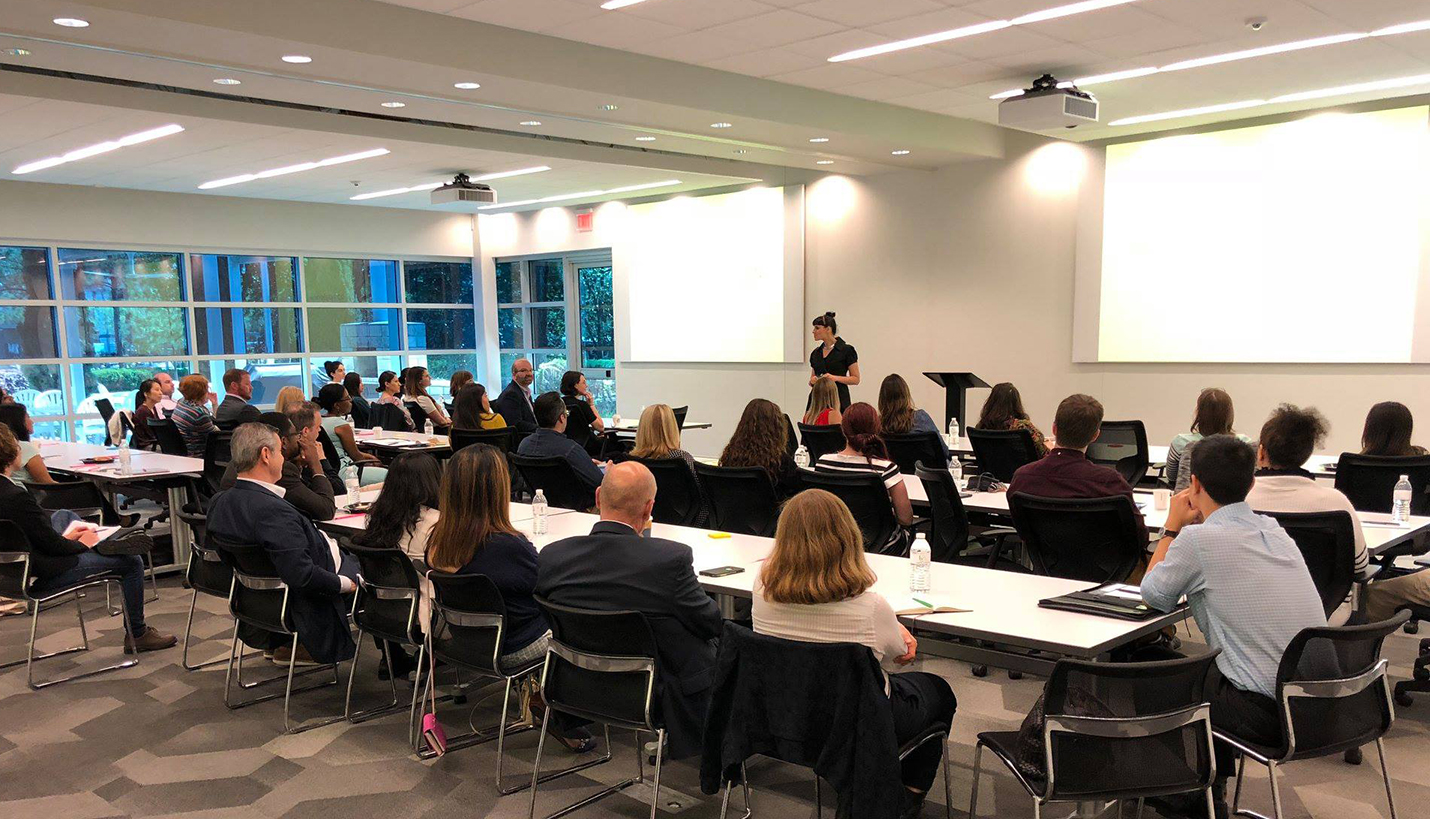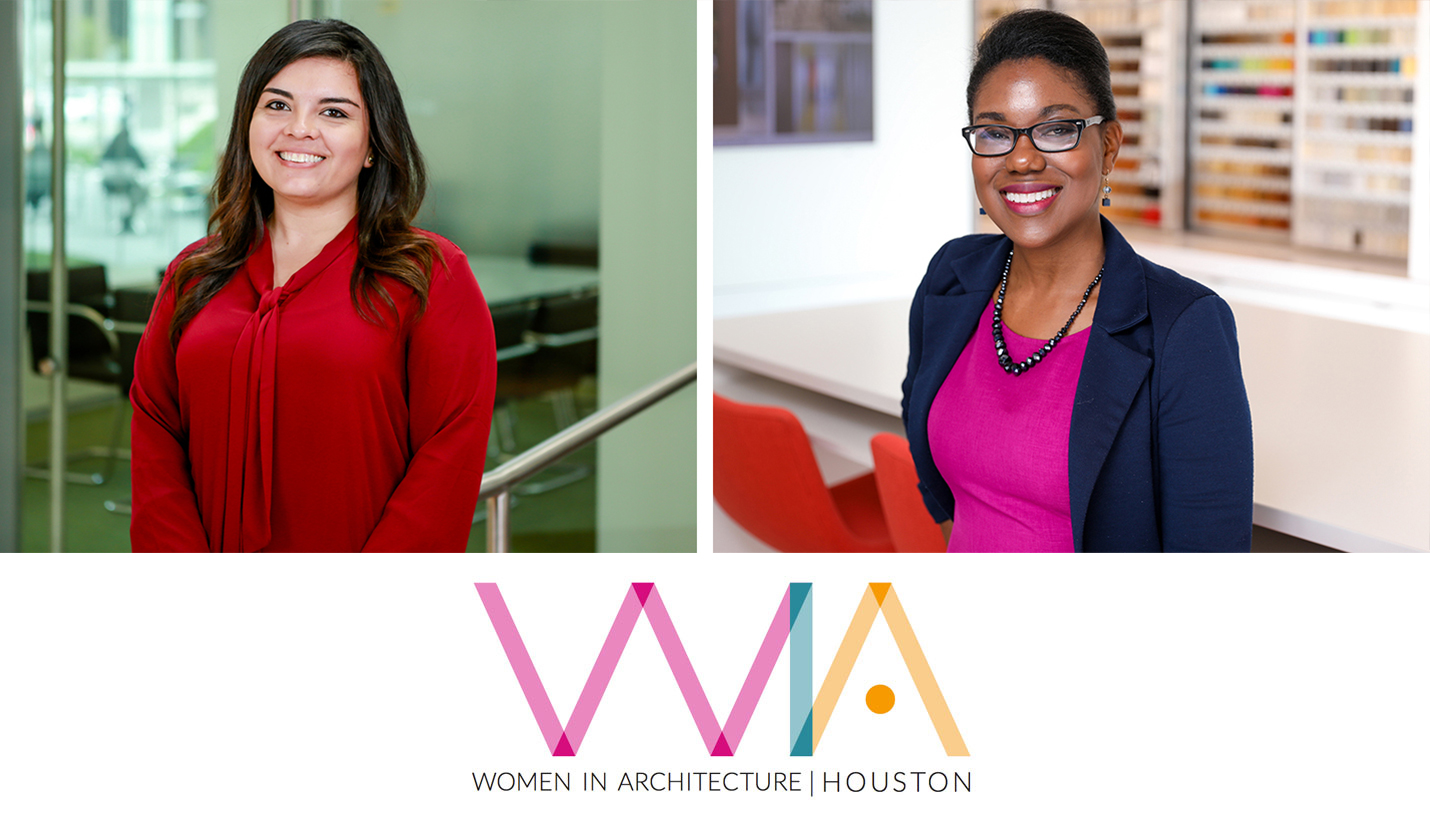Identifying Unconscious Bias in the Workplace
You do it, I do it, we all do it – make quick assumptions based on the name of a person we’ve never met or judge their potential capabilities by their current employer or alma mater. It’s human nature to leverage our cumulative lifetime experiences to save time and make a snap judgement about someone. However, this can be just as dangerous in the workplace as on the street. Talent can be squandered and careers - and lives - can be diminished.
The AIA Houston Women in Architecture Committee’s first annual Equity Series: Bias, which considers the role of unconscious bias in the workplace, held a workshop that actively engaged participants in exercises to underscore points made in an earlier panel discussion. Some outcomes surprised even the most open-minded attendees, such as blind evaluations of resumes that were missing candidate names or other details. They learned selections of potential prospects differed than if the same resume with candidate names on them were reviewed later.
Page Senior Associate / Project Manager Micki Washington said an interesting aspect of the workshop was watching people throughout the day when they realized they were unconsciously guilty of a biased behavior. “We would be asked questions like, ‘Have you ever?’ or “Do you ever?’ and hardly anyone would raise their hand. But as we progressed through the exercises, I saw facial expressions change and when they repeated the questions afterward, a lot more people raised their hands.”
Another exercise encouraged attendees to think beyond traditional workplace norms, calling for “wild and crazy ideas”. While some results truly were out there, the brainstorming process generated some proposals such as a “solution box” which offered ways to address an identified issue instead of placing that responsibility at management’s feet. As Page Senior Principal Art Chavez, whose office sponsored the event, said, “We’re human too – we can’t think of everything first. We’re all in this together."
Page Technical Designer Maria Lozada, who grew up in Ecuador before attending college in the United States, pointed out that in today’s workplace, everyone has a different filter on their perspective. She herself is used to women in charge as she was raised in an environment where both men and women had equal opportunities when making a decision. As an example, she cited her grandparents. While her grandfather served as the family figurehead, no decisions were actually made without mutual agreement with his wife.
Workshop facilitator Mia Scharphie, front runner of Harvard Business School study on women in social impact design, ensured the workshop’s effects would extend back to respective workplaces. She challenged attendees to use their newfound understanding of where bias may occur for individuals or departments to identify areas in their own workplaces that block full participation in “Designing for Equity”. Participants then developed a design strategy to overcome the obstacle, identified the challenges to implementing the strategy, and shared with colleagues back in their offices how everyone can actively contribute in making changes that need to happen.
05/04/2018
Related Posts
- Transformative Collaboration
- Designing for Equality and Opportunity
- Breaking Down Barriers for Young Women in STEM
- Promoting Pay Equity, Gender Equality and Diversity Inclusion in Architecture
- Exploring Unconscious Bias in the Workplace
- "Shape the Conversation" Succeeds
- Texas Standard Interviews Page Principal Wendy Dunnam Tita











